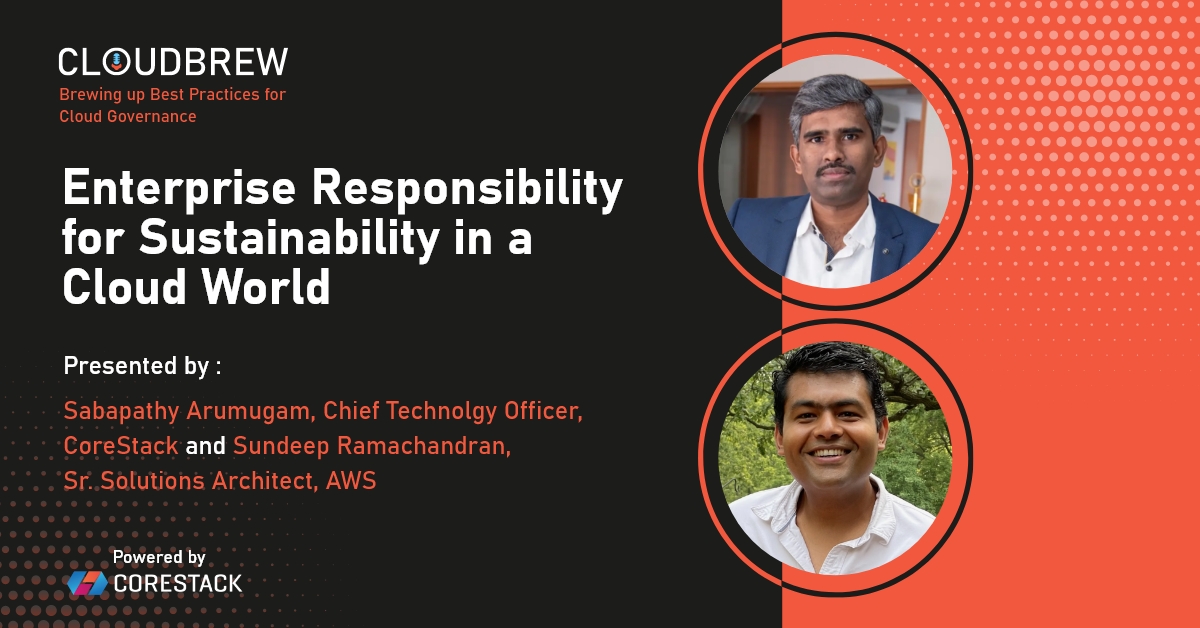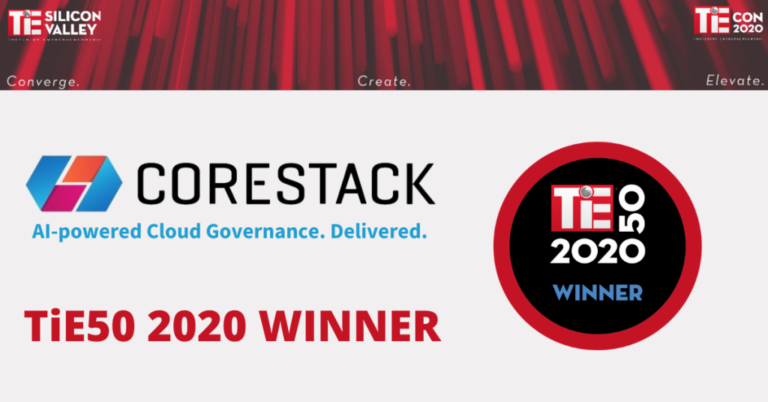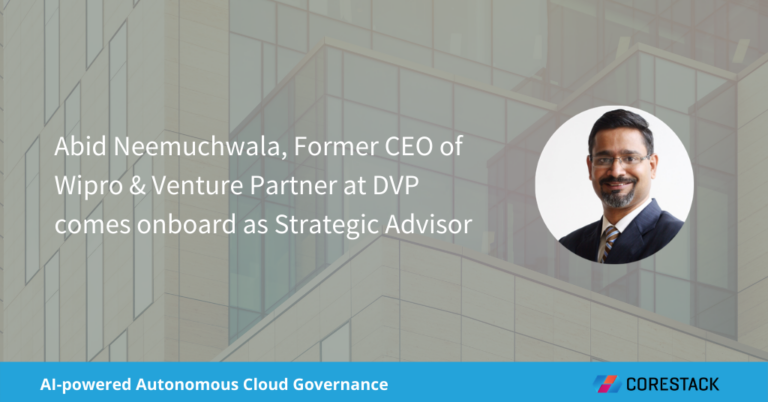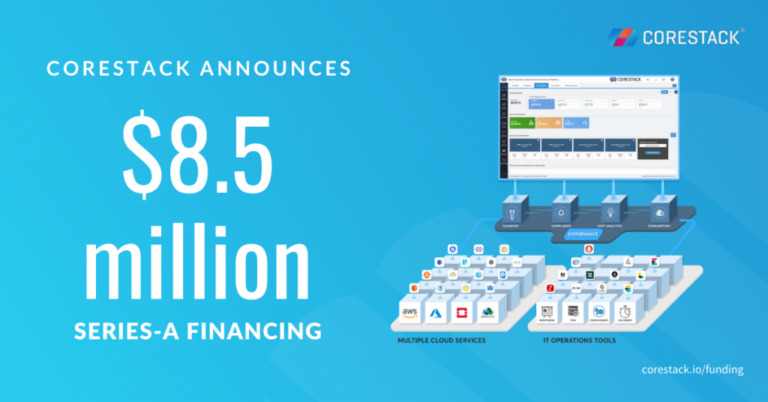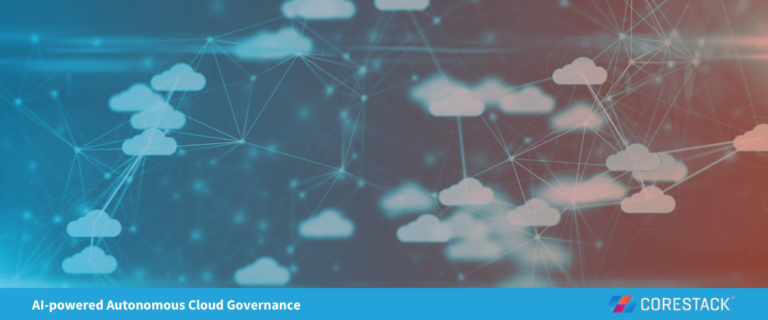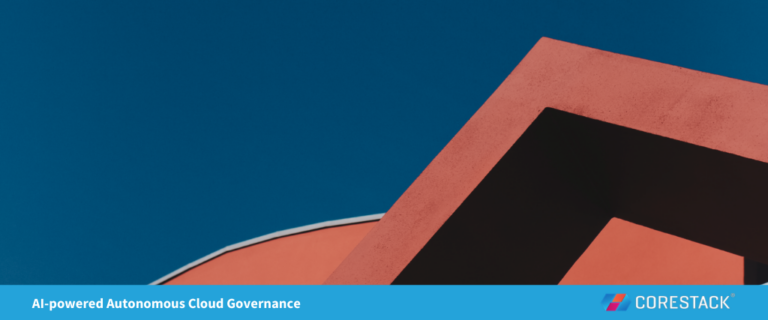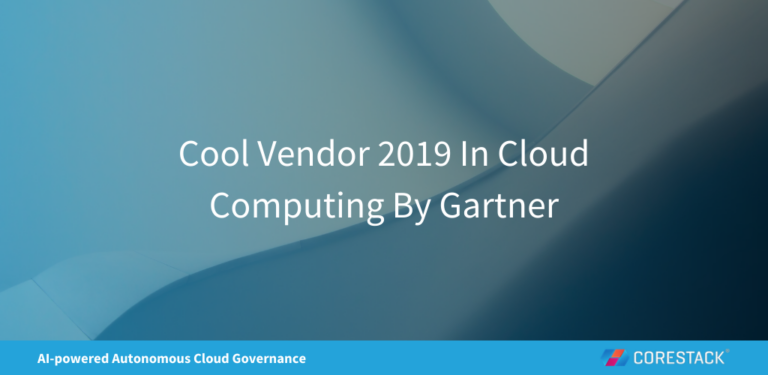Enterprise Responsibility for Sustainability in a Cloud World
In Episode 5 of CloudBrew, AWS joins CoreStack to discuss why cloud sustainability is critical.
A CIO’s work is never done. The boardroom is now asking them what they’re doing about cloud responsibility and sustainability. It’s a fair question, as cloud pros are reporting that this topic is timelier than ever—and your business reputation could take a hit without it. After all, it involves our planet’s resources.
In Episode 5 of CloudBrew, CoreStack's NextGen Cloud Governance podcast, we called on two front-line experts to discuss what real sustainability is and why it’s critical in cloud. Sundeep Ramachandran, Sr. Solutions Architect at AWS, and Sabapathy Arumugam, CTO at CoreStack, unpack this important discussion. You’ll even learn what AWS and CoreStack are doing for sustainability.
What’s ICT?
“Sustainability is gaining a lot of interest and importance, and rightly so,” shares Arumugam from CoreStack. “I’ll focus my conversation with respect to sustainability in ICT—information, communication, and technology. Sustainability IT, or green IT, is all about how we minimize the impact on Earth's resources. ICT uses energy, and energy consumption leads to carbon emissions. So, data centers consume around 2-3% of the world's electricity. That means it’s responsible for that level of carbon emissions. The tech sector contributes to 3-4% of global carbon emissions, on par with the aviation industry.”
The podcast conversation then reveals a staggering fact: About 200 million metric tons of carbon dioxide is emitted by the cloud computing industry alone, and it’s growing. In fact, cloud consumption is expected to reach 350 million metric tons by 2025.
“Sustainability is all about how we efficiently consume energy, and how this energy is generated first of all,” says Arumugam. “So, the source of energy generation determines how carbon emissions happen. The next thing in ICT is manufactured devices, and the devices require water and natural resources. How efficiently do we reduce the water usage when we manufacture devices? And when the devices are upgraded, when the devices are disposed, how efficiently are they being disposed without deeply impacting the environment? In essence, sustainability for ICT means how efficiently we manage the manufacturing, use, and disposal of resources—which minimizes the impact on Earth.”
“And what we are doing for sustainability at CoreStack is extending governance and sustainability, which is a very important parameter for CIOs to track now. So, we plan to provide the overall visibility of sustainability. We plan to provide posture for sustainability controls defined by hyperscalers, like AWS, and we plan to provide sustainability across cost and optimization.”
Present Needs, Future Responsibility
Ramachandran of AWS gives guidance the present and future of cloud. “Sustainability is about how we meet the needs of the present without compromising the ability of future generations to meet their own needs. Sustainability is one of the biggest challenges that we face, but it also represents one of the greatest opportunities out there. The strongest performing businesses of tomorrow are likely going to be the ones that unlock new value from both digital transformation and sustainability transformation.”
“In terms of what we see as some of the key drivers, #1 is customer demand. Consumers are demanding more and more responsibly made products and services. Then, #2 is investors. You're seeing dimensions of environmental social and governance, or ESG, factors making the headlines. #3 is employees and talent retention and attraction. And that landscape is actively changing. #4 is about competitive advantage. It's a competitive positioning in the marketplace. Companies that prioritize sustainability transformation—they're going to grow significantly faster than their peers.”
What’s AWS Doing About Sustainability?
With the good fortune of having an AWS expert on CloudBrew, of course we asked how AWS is tackling the topic. “Sustainability is top of mind at AWS. And we look at it across sustainability off the cloud, which is something that AWS is responsible for. Then, there’s sustainability in the cloud, which is where customers come in,” reports Ramachandran. “Also, there’s sustainability through the cloud. How do we partner with companies like CoreStack to go and solve real-world sustainability challenges?”
“So, I can double-click on sustainability off the cloud and give you some examples of what AWS is doing,” says Ramachandran. “Starting with energy, Amazon is the largest corporate buyer of renewable energy in the world, and we are on track to be powered by 100% renewable energy by 2025. This is five years ahead of our original 2030 commitment. Water, again, is a space that I'm very passionate about. You can imagine data centers use a lot of water. So, by 2030, AWS will return more water to the communities than the water we consume in our own direct operations.”

